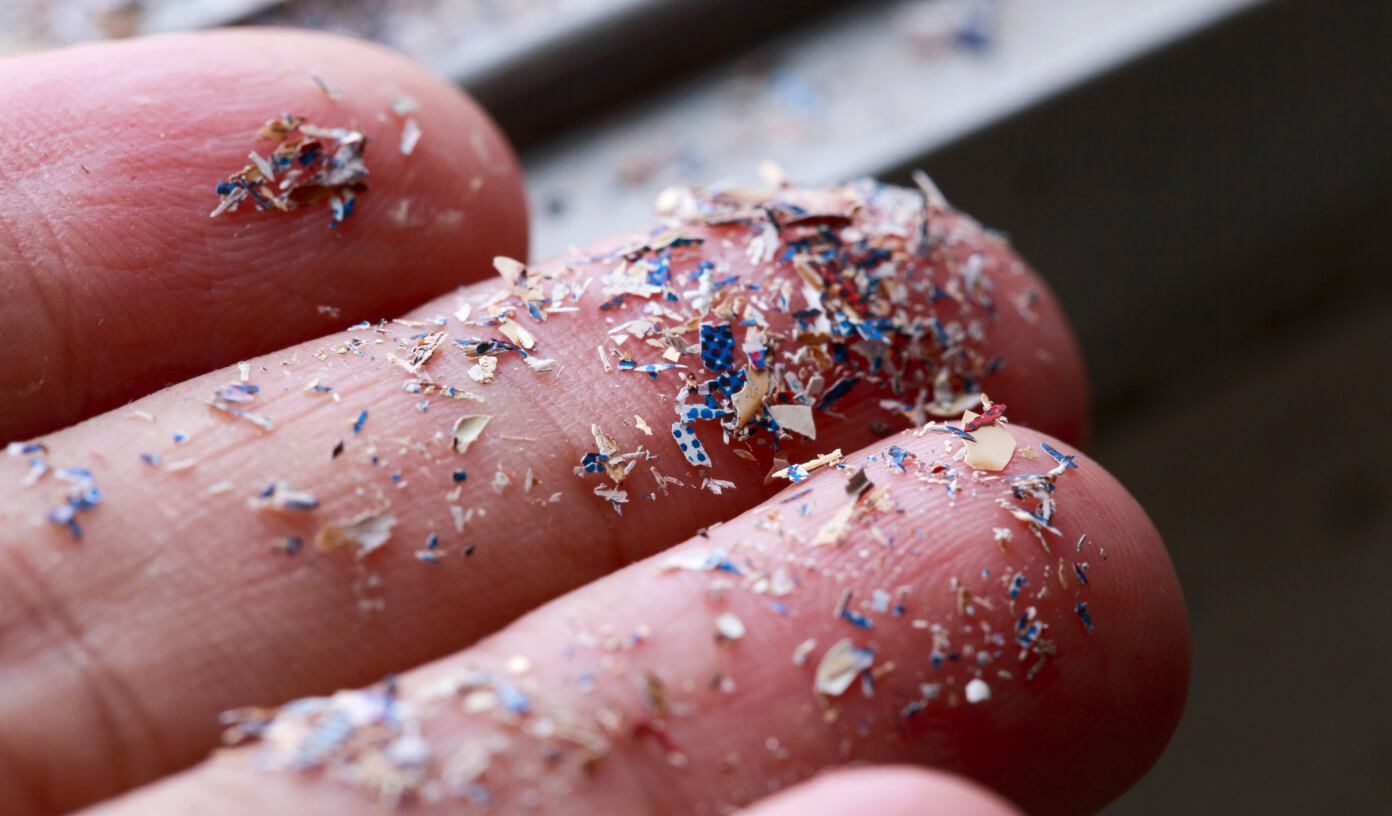13.09.2022
Scientists to study for the first time the climate impact of microplastics on the Solovetsky archipelago
Researchers will assess the impact of polymer particles and other anthropogenic factors.
 Photo by: pcess609 / iStock
Photo by: pcess609 / iStock
Scientists have set off on the first expedition to study microplastics concentrations in the White Sea around the Solovetsky archipelago. Representatives of the non-profit foundation “Without Rivers as Without Hands” are taking part in the scientific expedition, TASS reported.
According to the organization science director Maxim Platonov, the experts intend to assess the level of anthropogenic impact on ecosystems in the waters near the Solovetsky Islands, and find out how microscopic particles of polymers get into the environment of the region. The researchers will take water samples near the coasts and at the place where the Kem river flows into the sea. It should be reminded that seas are the most sensitive ecosystems to climate change. Pollution of the seas with plastic reduces their adaptability to the changing climate and also has a negative impact on the biosphere and the quality of human life.
Microplastics are very small (less than 5 millimetres) particles of plastic debris that accumulate in soil and water bodies and creatures. The impact of these substances on human health is still poorly understood, but some scientists have linked microplastics to immune disorders, exacerbation of cardiovascular disease and diabetes. It has recently been discovered that polymer fragments are capable of carrying heavy metals and organic pollutants.
Maxim Platonov added that a special net has been designed for the expedition to capture particles as small as 100 microns (0.1 millimetre). The device is adapted for use in the marine and river environment and catches the smallest fragments on the principle of a fishing trawl, that is dragging them through the water column.
The new project will continue the Foundation’s research cycle launched in the Russian Arctic last year. In 2021, experts were looking for microplastics in the Northern Dvina and Onega rivers, which also flow into the White Sea. The scientific work is carried out with the participation of the Lomonosov Northern Arctic Federal University (NArFU).
According to scientists, the main sources of microplastics in the White Sea were rivers. Samples from the Onega and the Northern Dvina showed the presence of one particle of microplastics per cubic metre of water. That is relatively high. For example, in the Mozhaisky reservoir in the Moscow region the concentration of microplastics is a hundredth of a particle per cubic metre.
In addition to samples for microplastics, the researchers will also take samples of water for biogenic pollutants and heavy metals. The analyses will be sent to Moscow and it will take several months to study them.
As a result of the expedition, specialists from the Foundation will prepare a scientific report with recommendations and draw a map of the most microplastics-contaminated areas of the Solovetsky archipelago.
Scientists believe that the water areas of the Arctic seas are still poorly studied for microplastics content. However, Solovetsky Islands are considered as one of the main cultural and historical attractions in the Arctic zone of Russia. The flow of tourists to the archipelago is gradually increasing, and with it the anthropogenic load on the ecosystems of the northern region.
Cover photo: kmatija / iStock







































Comments